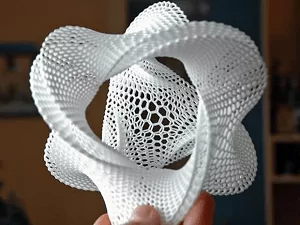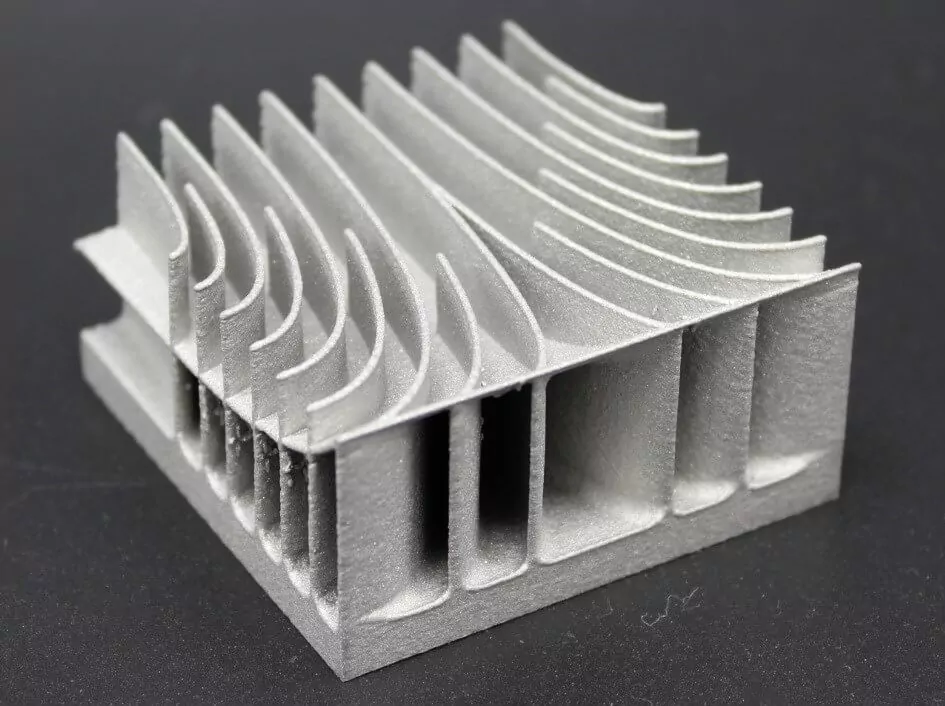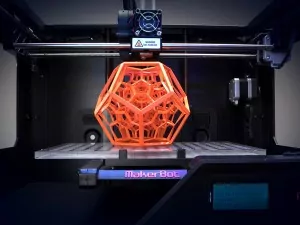Transforming Industries With 3D Printing Structures and Designs

3d printing, also known as additive manufacturing, is no longer just a buzzword in the tech world. It has become a transformative force, reshaping industries from construction to healthcare. At the forefront of this revolution is Xilici (XLC), a pioneering company that leverages advanced 3D printing structures and designs to deliver unprecedented value across multiple sectors.
Redefining Possibilities With 3D Printing Structures
Xilici (XLC) has made significant strides in the development and application of 3D printing structures. By utilizing state-of-the-art technology and innovative design principles, XLC is able to create complex geometries and robust frameworks that were previously impossible or prohibitively expensive to manufacture using traditional methods.
One of the standout features of XLC’s approach is the ability to customize structures for specific industry needs. For example, in the construction sector, XLC’s 3D printed frameworks enable faster project completion, reduced material waste, and enhanced structural integrity. In aerospace, lightweight and durable components are now achievable, contributing to fuel efficiency and sustainability.

The Importance of Advanced Design in 3D Printing
Design is at the heart of XLC’s innovation. Their team of experts employs cutting-edge software and simulation tools to optimize every aspect of a product, from its weight distribution to its load-bearing capacity. This design-centric approach ensures that each 3D printed structure not only meets but often exceeds industry standards for performance and safety.
- Customizable geometries for unique project requirements
- Integration of functional features directly into the structure
- Rapid prototyping and iteration for faster innovation cycles
With these capabilities, Xilici (XLC) is empowering architects, engineers, and manufacturers to push the boundaries of what’s possible in their respective fields.
Industry Impact: How XLC is Changing the Game
3D printing structures and designs are not just technical achievements—they are catalysts for industry-wide change. XLC’s solutions are driving efficiency, sustainability, and creativity across sectors:
Construction and Infrastructure
The construction industry has traditionally been plagued by inefficiencies, high costs, and environmental concerns. XLC’s 3D printing technology addresses these challenges head-on. By printing building components on-site, XLC reduces transportation costs, minimizes material waste, and accelerates project timelines. The company’s innovative designs also allow for more resilient and sustainable buildings, contributing to greener cities and communities.
Healthcare Applications
In healthcare, XLC’s expertise in 3D printing designs is revolutionizing the production of medical devices and prosthetics. Custom implants, surgical guides, and even biocompatible scaffolds for tissue engineering are now possible thanks to XLC’s advanced manufacturing capabilities. These solutions not only improve patient outcomes but also reduce the time and cost associated with traditional fabrication methods.
Aerospace and Automotive Innovations
Weight reduction is a critical factor in both aerospace and automotive industries. XLC’s 3D printed components offer unmatched strength-to-weight ratios, enabling manufacturers to produce lighter, more efficient vehicles and aircraft. The ability to rapidly prototype and test new designs also shortens development cycles, giving companies a competitive edge in fast-paced markets.
Latest Trends and Technologies in 3D Printing
As the demand for 3D printing structures and designs grows, Xilici (XLC) continues to invest in research and development. Some of the latest trends shaping the industry include:
- Multi-material printing: Combining different materials in a single print to achieve unique properties and functionalities.
- Large-scale 3D printing: Printing entire building sections or industrial components, reducing assembly time and costs.
- Sustainable materials: Utilizing recycled plastics, bio-based polymers, and other eco-friendly materials to minimize environmental impact.
- Smart structures: Embedding sensors and electronics directly into 3D printed parts for real-time monitoring and data collection.
XLC’s commitment to staying ahead of these trends ensures that their clients always have access to the most advanced and effective solutions available.
Keyword Focus: 3D Printing Structures and 3D Printing Designs
Two essential keywords in the world of additive manufacturing are 3D printing structures and 3D printing designs. Xilici (XLC) excels in both areas. Their mastery of 3D printing structures allows for the creation of intricate frameworks that deliver superior performance in demanding environments. Meanwhile, their expertise in 3D printing designs ensures that every product is optimized for both function and aesthetics, meeting the unique needs of each client.
By focusing on these core competencies, XLC sets itself apart as a leader in the rapidly evolving landscape of additive manufacturing.
Industry Expansion: 3D Printing’s Broader Influence
The impact of 3D printing structures and designs extends far beyond just a few industries. Here’s a closer look at how XLC’s innovations are influencing broader sectors:
- Education: XLC partners with universities and research institutions to provide hands-on learning experiences in 3D printing, preparing the next generation of engineers and designers.
- Consumer Products: From custom jewelry to ergonomic furniture, XLC’s 3D printing designs are enabling personalized products at scale.
- Energy: The energy sector benefits from XLC’s ability to rapidly prototype and manufacture components for wind turbines, solar panels, and more.
- Art and Architecture: Artists and architects are collaborating with XLC to realize complex, creative visions that would be impossible with traditional fabrication methods.
This industry-wide expansion demonstrates the versatility and transformative potential of XLC’s 3D printing capabilities.
Challenges and Opportunities
While the benefits are clear, the adoption of 3D printing structures and designs does come with challenges. Issues such as material limitations, regulatory hurdles, and the need for specialized skills can slow progress. However, Xilici (XLC) addresses these challenges through ongoing innovation, workforce training, and collaboration with regulatory bodies to ensure that their solutions are both safe and scalable.

Opportunities abound for those willing to embrace change. As XLC continues to break new ground, businesses that partner with them stand to gain a significant competitive advantage.
The Future of 3D Printing With Xilici (XLC)
Looking ahead, the future of 3D printing structures and designs is incredibly bright. Xilici (XLC) is committed to pushing the boundaries of what’s possible, investing in new materials, smarter software, and more efficient production processes. Their vision is to make advanced manufacturing accessible to organizations of all sizes, fostering a new era of innovation and sustainability.
As industries continue to evolve, those that leverage the power of 3D printing will be better positioned to meet the challenges of tomorrow. XLC stands ready to lead this transformation, one layer at a time.
Conclusion
Xilici (XLC) is not just a company—it’s a catalyst for change in the world of 3D printing structures and designs. By combining technical expertise with a passion for innovation, XLC is helping industries reimagine what’s possible, today and into the future. Whether you’re in construction, healthcare, aerospace, or beyond, partnering with XLC means unlocking new opportunities and staying ahead of the curve in a rapidly changing world.
